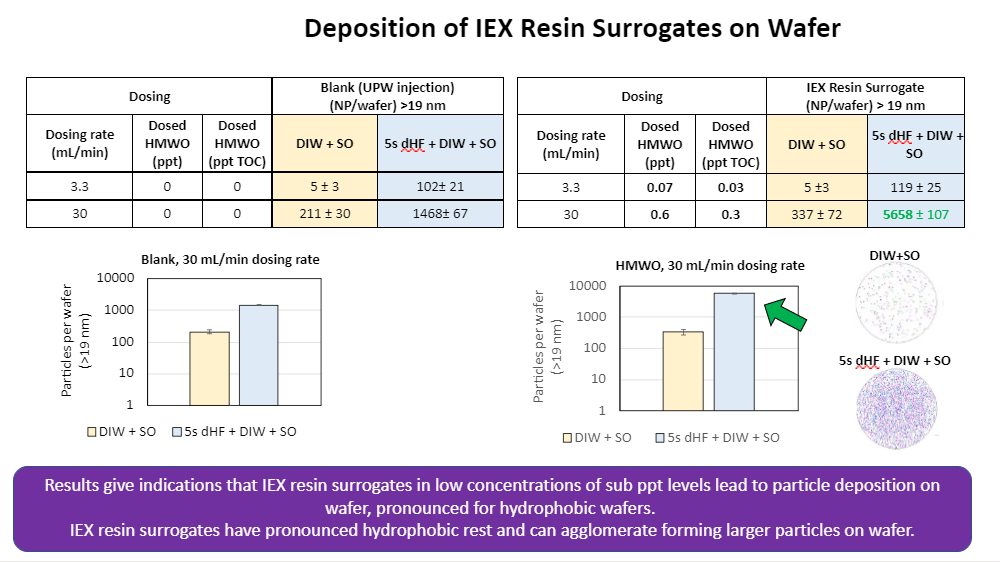Simulation of metal contamination in wet cleaning of doped silicon wafer
Date Published: 2018 | Technical journal archive
Log in or Join UltraFacility to access this content
To access our resources you will need to be a member of UltraFacility, log in to your account or purchase a membership to view this content.
Already have an account? Log in
The main objective of wet cleaning a silicon wafer is to achieve a wafer surface free from contaminants such as particles, heavy metals, organic residues, mobile ions and oxides. Furthermore, wafer surface roughness and surface termination are becoming critical as semiconductor device geometry continues to shrink. A large amount of high-purity DI or ultrapure water (UPW) with chemicals is used during wet cleaning of a silicon wafer to remove contaminants from wafer. The wet cleaning process includes a number of individual process steps operating in sequence to remove these impurities. The primary objective of this paper is to develop an understanding of the adsorption of metallic impurities from each of these process steps and their removal by the subsequent step. Experimental simulation of metal deposition during post CMP cleaning of a silicon wafer is carried out by measuring the amount of deposited metal from a metal-contaminated chemical bath. In a similar manner metal removal by a clean chemical bath is determined by measurement of the surface metals on a wafer, following the processing in a metal-contaminated bath. This investigation provides information on the behavior of metal adsorption and metal desorption from chemical baths containing multiple metals. Both P-type and N-type wafers with different doping levels were used in order to evaluate the effect of doping on adsorption and desorption process. The metal adsorption and desorption are discussed in relation to solution pH and the nature of metal ions involved. This simulation was performed to gain a better understanding of the adsorption/desorption behaviour of metal ions in a multi-metal environment and can be used for the determination of acceptable contamination tolerance for the incoming wafer and permissible contamination levels for each cleaning step of a front-end line (FEOL) wet cleaning process. This article was originally published in the Ultrapure Micro Journal in February 2018.
